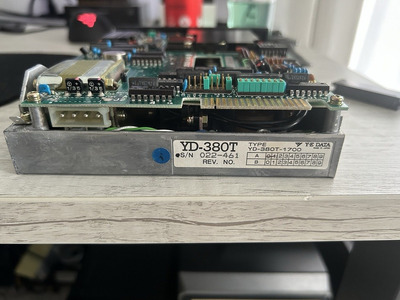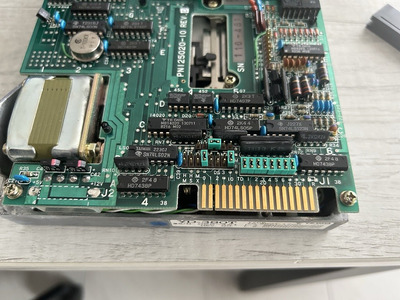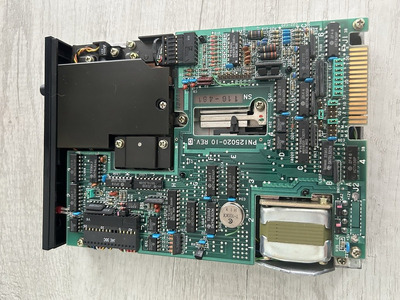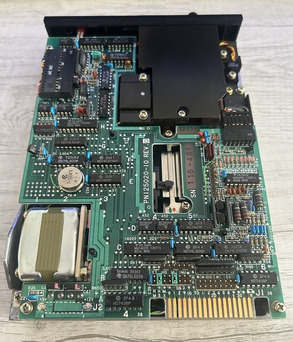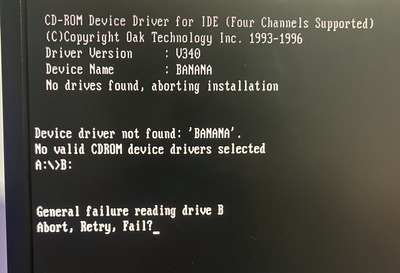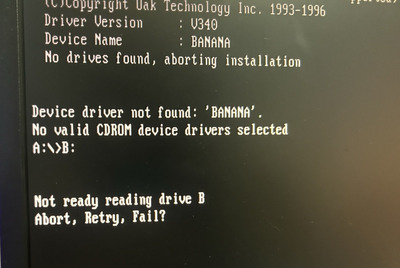First post, by Vendest
Hi, I recently acquired a floppy drive type YD-380T-1700 from Japan which I cannot get to work on my PC.
The initial intent was to set it as drive B, 1.2MB and was set in the Bios accordingly.
I could not find any documentation about this drive, 1710 version is more documented.
Basically the drive does not seem to react when connected to the motherboard.
I've confirmed a few operations, the motor-drive spindles when a disk is inserted and stops immediately when the lock is actuated.
The solenoid seems to work as I can see and hear the latch. it is also supplied by +12vdc (There is 90 ohm resistance thru the coil which seems healthy).
The stepper motor is able to retract the carriage back to its initial position if I push it away manually.
Other than that the drive does not react and the red led stays off unless a jumper is removed.
I moved some jumpers around, the DS0-3 selection and the 150 ohm terminations.
I am thinking the drive might need a non standard PC controller and was wondering if someone on the forum knows about this drive?
